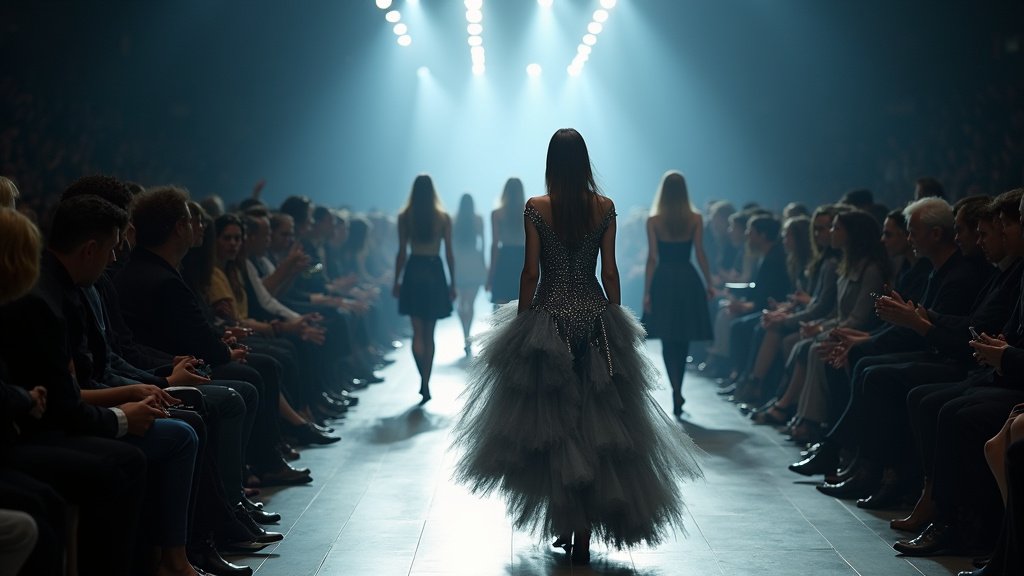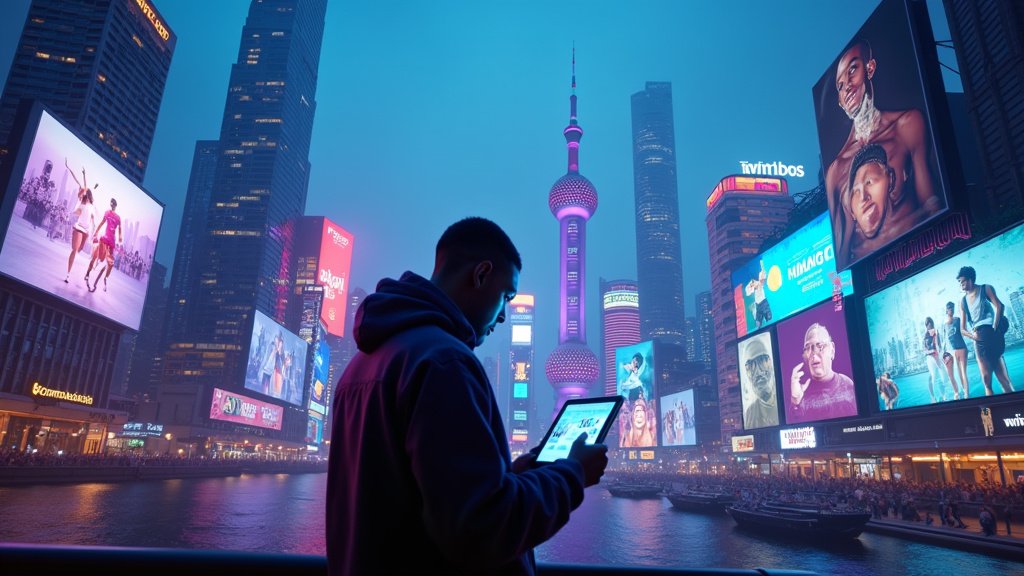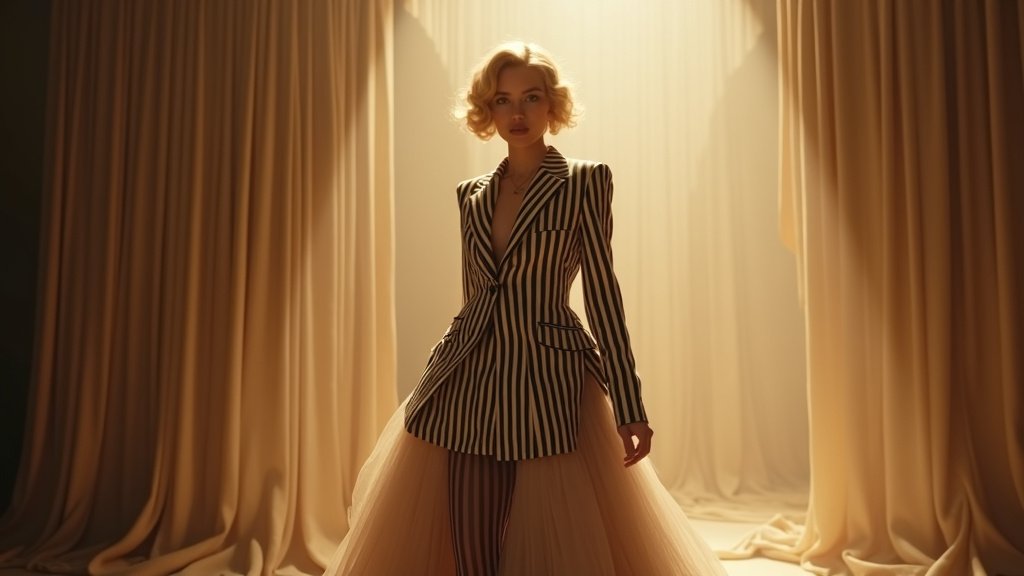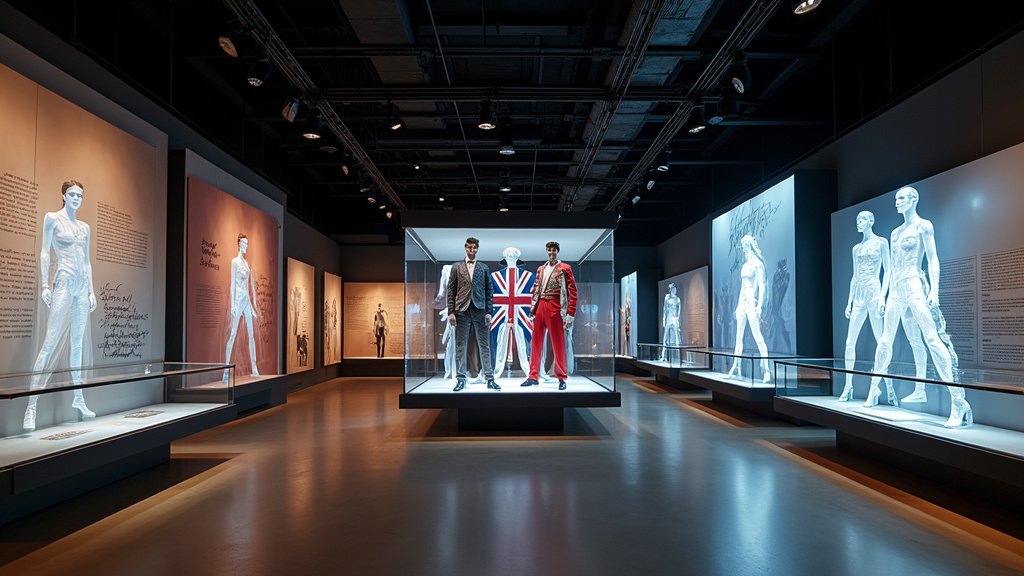In the complex tapestry of economic forecasting, indicators often emerge from unexpected corners. Beyond the traditional metrics of GDP growth, unemployment rates, and market indices, a fascinating area of observation lies within the seemingly superficial realms of fashion and beauty.
An analysis published in The Straits Times on June 19, 2025, delves into this intriguing phenomenon, suggesting that shifts in clothing and beauty trends are not merely reflections of fleeting tastes but can serve as potent, albeit subtle, indicators of impending economic difficulties. The premise put forth is that changes in how consumers choose to dress and adorn themselves, reflecting deeper shifts in their behaviour and confidence, have historically provided early warnings about the state of the economy.
The Subtle Signals
The core argument explored in the piece is that the collective purchasing decisions and style preferences of millions of individuals, when viewed in aggregate, can act as a barometer for economic sentiment. During periods of economic buoyancy, consumer spending on discretionary items like fashion and beauty products tends to be robust. People may feel more confident investing in new wardrobes, luxury cosmetics, or regular high-end salon services. Conversely, as economic clouds gather, a perceptible shift can occur.
Consumers may become more cautious with their spending. This doesn’t always manifest as a complete halt in purchases, but rather a pivot. The focus might shift towards durability over disposability, timeless pieces over fast fashion trends, or value-driven products. Similarly, in the beauty sector, spending might consolidate around essential skincare, or consumers might opt for more affordable drugstore alternatives over prestige brands. These changes, while seemingly minor individually, create ripple effects across the industry, forming patterns that, according to the analysis from June 19, 2025, have historically correlated with downturns.
Historical Context and Consumer Behavior
The notion that fashion and economic cycles are linked is not entirely new. Historical observations have often pointed to correlations between prevailing styles and the economic climate. For instance, during tough economic times, there might be a return to more practical, durable clothing. Hemlines have famously been cited as potential indicators, although this particular theory remains debated and likely overly simplistic. What the analysis in The Straits Times highlights is the broader shift in consumer behaviour as the key signal.
When individuals face uncertainty about job security or future income, their spending priorities change. Essential needs take precedence, and discretionary spending is scrutinised more closely. This belt-tightening is immediately felt in sectors like fashion and beauty, where purchases are often driven by desire rather than necessity. The article published on June 19, 2025, underscores that these subtle shifts in consumer priorities, reflected in their choices at the retail level, provide valuable, often early, signals that may precede official economic data.
Fashion as an Economic Barometer
The fashion industry, with its rapid cycles and high visibility, offers numerous potential indicators. A noticeable trend towards more conservative styles, a decline in demand for high-priced luxury items, or an increased focus on value and practicality could all be symptomatic of tightening consumer budgets. Similarly, shifts in supply chain activity, order books for manufacturers, and retail inventory levels in the fashion sector can provide granular data points reflecting underlying economic pressures. The analysis in The Straits Times on June 19, 2025, posits that monitoring these shifts provides a unique lens through which to view economic health.
Beauty’s Role in Economic Forecasting
The beauty industry, often considered more recession-resilient than high fashion, also offers insights. While essential skincare might remain a priority, consumers may cut back on more discretionary items like high-end makeup or expensive fragrances. There’s also the often-discussed ‘lipstick index’ theory, which suggests that during economic downturns, lipstick sales might rise as consumers opt for small, affordable indulgences. However, the broader view presented in the June 19, 2025, article focuses on overall patterns of spending and product choice within the sector as reflections of consumer confidence and financial well-being.
The Straits Times Analysis (June 19, 2025)
The detailed exploration in The Straits Times on June 19, 2025, brought this often-overlooked connection into focus. By examining how consumer choices in clothing and beauty are changing, the article suggests that these industries are on the front lines of sensing economic shifts. These sectors are sensitive to changes in disposable income and consumer sentiment, making them potentially valuable bellwethers for broader economic trends. The conclusion drawn is that the observed shifts in these trends are indeed serving as warnings of tough times ahead.
In conclusion, while not the sole determinant of economic health, the world of fashion and beauty offers a fascinating, and historically relevant, set of indicators. As highlighted by The Straits Times analysis on June 19, 2025, paying attention to these seemingly subtle shifts in consumer behaviour, reflected in the clothes we wear and the products we use, can provide valuable insights into the economic landscape that lies ahead.





